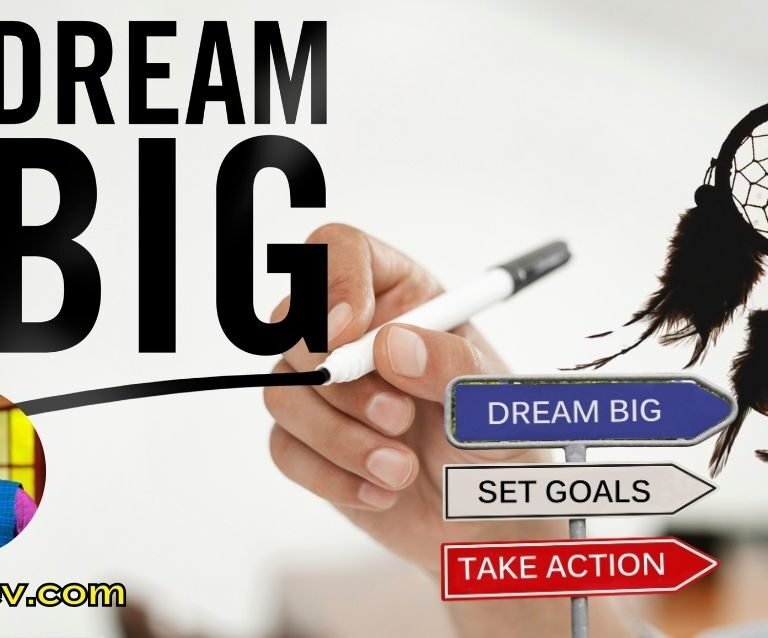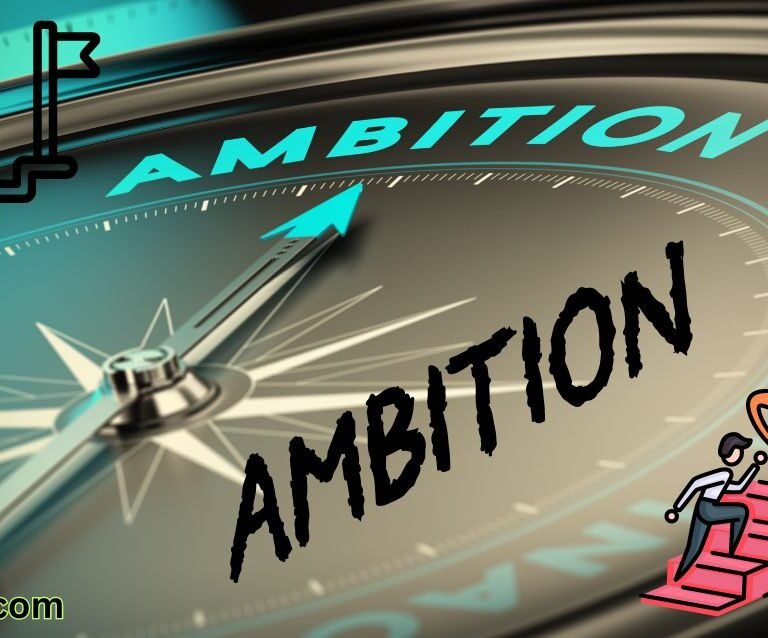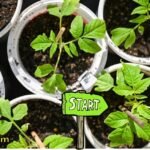In the journey of personal and professional development, the concepts of perception and mindset play pivotal roles in shaping our experiences and outcomes. How we perceive challenges and opportunities can significantly impact our ability to achieve success and overcome obstacles. This blog delves into the profound influence of perception and mindset on our lives, highlighting the differences between a fixed mindset and a growth mindset, and offering strategies to cultivate a mindset that fosters resilience, learning, and growth.
Understanding Perception and Mindset
Perception is the way we interpret and make sense of the world around us. It is shaped by our experiences, beliefs, and attitudes. Our perception can either limit or expand our possibilities, depending on how we view challenges and opportunities.
Mindset, on the other hand, refers to the underlying beliefs and attitudes we hold about our abilities and potential. Carol Dweck, a renowned psychologist, identified two primary types of mindsets: fixed mindset and growth mindset.
Fixed Mindset vs. Growth Mindset
1. Fixed Mindset:
– Belief: Individuals with a fixed mindset believe that their abilities, intelligence, and talents are static traits that cannot be changed.
– Perception: They perceive challenges as threats and are more likely to avoid them to prevent failure or embarrassment.
– Reaction to Failure: Failure is seen as a reflection of their inherent limitations, leading to a fear of making mistakes and a reluctance to try new things.
2. Growth Mindset:
– Belief: Those with a growth mindset believe that abilities and intelligence can be developed through effort, learning, and perseverance.
– Perception: Challenges are viewed as opportunities for growth and learning. They see effort as a path to mastery.
– Reaction to Failure: Failure is seen as a valuable learning experience and a stepping stone to improvement.
The Impact of Mindset on Success
1. Embracing Challenges:
– A growth mindset encourages individuals to embrace challenges rather than shy away from them. This openness to new experiences fosters resilience and adaptability, essential traits for personal and professional growth.
– Example: Thomas Edison, with his famous quote, “I have not failed. I’ve just found 10,000 ways that won’t work,” exemplified a growth mindset. His persistence in the face of repeated failures led to the invention of the electric light bulb.
2. Persistence and Resilience:
– A growth mindset cultivates persistence. When faced with setbacks, individuals with a growth mindset are more likely to persist and find alternative solutions.
– Example: J.K. Rowling faced numerous rejections before “Harry Potter and the Philosopher’s Stone” was published. Her perseverance and belief in her work eventually led to worldwide success.
3. Learning from Criticism:
– Constructive criticism is viewed as valuable feedback by those with a growth mindset. They use it to improve and develop their skills.
– Example: Michael Jordan, often regarded as the greatest basketball player of all time, was cut from his high school varsity team. He used the criticism and rejection as motivation to work harder and improve his game.
4. Inspiring Others:
– A growth mindset not only benefits individuals but also inspires and influences those around them. Leaders with a growth mindset create environments that encourage innovation, collaboration, and continuous improvement.
– Example: Satya Nadella, CEO of Microsoft, transformed the company’s culture by promoting a growth mindset, leading to a resurgence in innovation and success.
Strategies to Cultivate a Growth Mindset
1. Embrace Challenges:
– Step out of your comfort zone and take on new challenges. View them as opportunities to learn and grow, rather than threats to your abilities.
2. Learn from Failure:
– Reframe failure as a learning experience. Reflect on what went wrong, what you can learn from it, and how you can improve.
3. Seek Feedback:
– Actively seek feedback and use it constructively. Understand that feedback is an essential part of the learning process.
4. Practice Self-Compassion:
– Be kind to yourself, especially when facing setbacks. Self-compassion helps maintain motivation and encourages a positive outlook on challenges.
5. Focus on Effort, Not Just Results:
– Recognize and celebrate the effort you put into tasks, not just the outcomes. Understand that effort is a crucial component of growth and development.
6. Adopt a Lifelong Learning Attitude:
– Stay curious and open to learning new things. Continuously seek knowledge and skill development in various areas of your life.
The power of perception and mindset in shaping our lives cannot be overstated. By cultivating a growth mindset, we unlock our potential to overcome challenges, learn from failures, and achieve our goals. The journey of personal and professional development is not about avoiding difficulties but embracing them as opportunities for growth. Remember, the way we perceive our abilities and the world around us determines the limits of our success. Choose to see possibilities where others see limitations, and you’ll discover that today’s accomplishments were once yesterday’s impossibilities.









